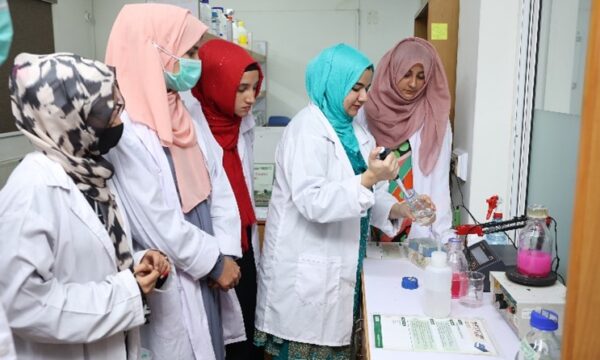 Hunger and undernutrition are amongst the most persistent global development challenges. Part of Millennium Development Goal 1 is to ‘Halve, between 1990 and 2015, the proportion of people who suffer from hunger’ (UN, 2012). With global numbers of undernourished people static at 870 million for the past 5 years and undernutrition contributing to the deaths of 2.6 million children under five each year (FAO, 2012), at the global level, clearly insufficient progress has been made towards achieving this target. But, at a national level, how are governments doing?
Hunger and undernutrition are amongst the most persistent global development challenges. Part of Millennium Development Goal 1 is to ‘Halve, between 1990 and 2015, the proportion of people who suffer from hunger’ (UN, 2012). With global numbers of undernourished people static at 870 million for the past 5 years and undernutrition contributing to the deaths of 2.6 million children under five each year (FAO, 2012), at the global level, clearly insufficient progress has been made towards achieving this target. But, at a national level, how are governments doing?
This month saw the publication of The 2012 Hunger and Nutrition Commitment Index (HANCI 2012 Report). There are many reasons for insufficient progress in reducing hunger and undernutrition. One of these is a lack of political will or prioritization. Produced by the Institute of Development Studies (IDS), the HANCI compares 45 developing countries for their performance on 22 indicators of political commitment to reduce hunger and undernutrition. Three areas of government action are considered:
- Policies and programmes
- Legal frameworks
- Public expenditures
The first global index of its kind, it was created to provide greater transparency and public accountability by measuring what governments achieve, and where they fail, in addressing hunger and undernutrition. The hope is that this will:
- Enable civil society to exert greater pressure on governments and international policy makers to take action
- Encourage governments to evaluate their own efforts and to prioritize appropriate action.
So, what are the key findings of the 2012 Hunger and Nutrition Commitment Index?
(a) Guatemala claims top spot and Guinea Bissau is the worst performing country in 2012
(b) Economic growth has not necessarily led to a commitment from governments to tackle hunger and undernutrition
(c) Countries’ commitment to hunger reduction does not tally with their commitment to improving nutrition
The HANCI’s objective is to develop a credible measure of the commitment to reduce hunger and undernutrition to help focus support and pressure for change. These key findings should help to determine where governments can target their efforts to improve their hunger and undernutrition status and move them up this annual league table.
References
FAO, The State of Food Insecurity in the World 2012, Food and Agriculture Organization, Rome, Italy, 2012
Lintelo, D. te; Haddad, L.; Lakshman , R.; Gatellier , K., The Hunger And Nutrition Commitment Index (HANCI 2012), Institute of Development Studies, Brighton, UK, 2013
UN, The Millennium Development Goals Report 2012, United Nations, New York, USA, 2012
Related News & Blogs
Strengthening the potato value chain in the Kurdistan Region of Iraq
On 30th May, we marked the International Day of Potato. In this blog, CABI’s Crop Health Advisor Anna Wood provides an update on a five-year project led by CABI to strengthen the potato value chain in the Kurdistan Region of Iraq. An ambitious five-yea…
3 June 2025




